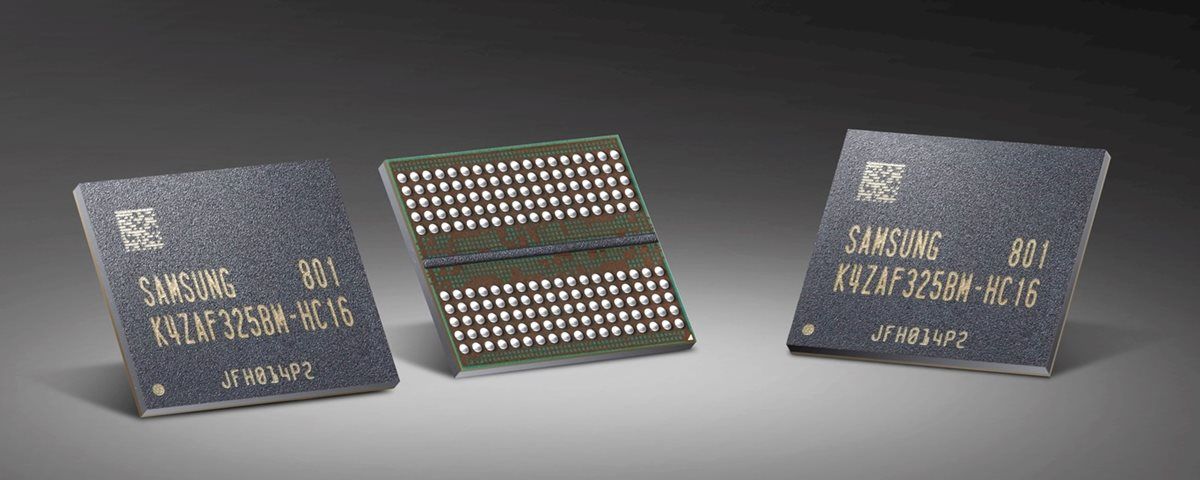Confused about new memory standards in GPU of these days? Here is what you are seeking for, and be clear that What is the difference between GDDR5, GDDR5X and GDDR6 memory for GPU? What are the differences between GDDR5 and GDDR6 memory? As many of you know, GPUs are very important in all types of devices, whether you’re using a smartphone, a tablet or a PC.
In fact, they can somehow be called the backbone of your screen or how you see things on it. Graphics memory is a very important component that accompanies the graphics processor and has a direct impact on its performance.
One of the most widely used graphics memories is still GDDR5, but it is gradually being replaced by the more advanced GDDR6: Graphics cards are available in a variety of price options, including Low Range, Medium Range, and High Range. The latest development in the field of graphics cards is the introduction of GDDR6 chips, so how do GDDR5 and GDDR6 differ from each other and what is the difference between GDDR5 and GDDR6?
GDDR5 has been with us for ten years
The GDDR5 memory standard is the most widely used and has been the preferred choice of most graphics card manufacturers for about ten years, although it has evolved and improved its performance during that time. Time is changing, however, and there are new technological advances. We have recently seen the introduction of new Nvidia GeForce RTX graphics cards that exceed today’s standards. These new cards are based on GDDR6 memory, which is one of the new types of graphics memory that is causing a sensation alongside HBM2.
GDDR5 is one of the best high-end low-latency RAMs among today’s graphics cards. The new generation graphics card continues the trend of GDDR3 and GDDR4 and has replaced the older standards. In fact, today GDDR3 is only used in entry-level devices, while GDDR4 is almost no longer available in OEM versions.
GDDR5 was undoubtedly the fastest graphics card memory. In fact, several graphics card manufacturers, including Nvidia, have used the technology. The AMD GTX 1060, GTX 1070 and RX 580 are some of the best examples we can name that use GDDR5 memory modules, and some features that would make it a good choice are the high bandwidth memory performance. Added to this is the low power consumption, which is one of the most outstanding aspects that would make it an exceptional option. The GDDR5 memory can offer speeds up to 9 Gbps, and graphics cards based on it are available in different sizes: 512 MB, 1 GB, 2 GB, 4 GB, and 8 GB. It is worth mentioning that the GDDR5 chips are manufactured by different manufacturers such as Samsung, Hynix, ELPIDA or Micron.
GDDR5 has a new extended version, the GDDR5X. This GDDR5X memory is a new evolutionary step, reaching speeds of up to 14 Gbps and a wide bandwidth, making it an excellent choice for use in high-performance graphics cards such as the GeForce GTX 1080 Ti.
GDDR6 ready for adoption
The GDDR6 memory is the most recent one. It is a new memory standard that has recently come to maturity, so it is ready to bring to life new graphics cards that are much more powerful than previous ones.
The voltage for the memory standard is 1.3 volts and can deliver transfer speeds of up to 16 Gbps with a supported bandwidth of up to 72 GBps per chip. You can find the new GDDR6 memory from Samsung, Micron and Hynix. Samsung and Micron’s GDDR6 memory is expected to deliver excellent speeds of up to 16 Gbps. Hynix will serve the mid-range segment where speeds are limited to 12 to 14 Gbps.
These features currently bring GDDR6 memory to a level of performance similar to that of the GDDR5X, but don’t be fooled as this is a completely new standard, its potential for further development is enormous, so we will see much faster chips in the next few years, don’t be surprised if we see it reach 20 Gbps or even more within a few years.
The following table summarizes the most important features of the GDDR5 and GDDR6 memories:
:
| characteristics | GDDR5 / 5X | GDDR6 |
| Voltage | 1.5V | 1.3V |
| Manufacturer | Samsung, Micron, and Hynix | Samsung, Micron, and Hynix |
| Transfer Speeds | 8 Gbps GDDR514 Gbps GDDR5X | 16 Gbps |
| Format | FBGA190, 0.65 mm pitch, 14x10mm | FBGA180, 0.75 mm pitch, 14 × 12 mm |
| Configuration I / O | X16 / x32 | X8 / x16 |
| Channels | 1 | 2 |
| Sizes | 512 MB, 1 GB, 2 GB, 4 GB, and 8 GB | 8 GB and 16 GB |
This concludes our articles about the GDDR5 vs. GDDR6 memories, we hope you liked them and you liked them.
